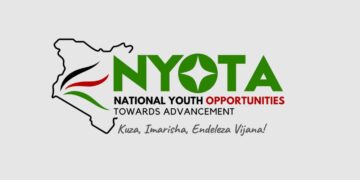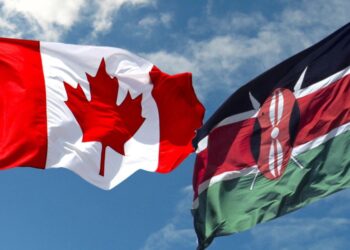Whether you run a small business or a multinational organization, public relations is critical if you’re going to be successful. It is essential for every business, and in reality, it can also be costly to run a PR campaign. However, there is a big possibility that you don’t have the budget that you think you require to run a PR campaign. The truth is, it is still possible to create and run a PR campaign even without a budget.
The versatility of public relations makes it possible to create a precise campaign that is cost-effective and communicates the right things at the right time and to the right audience. A PR campaign aims to increase your brand’s profile and promote your company, solutions, products, and services. It also helps to generate more leads and increase sales. As important as all of these are, it is hard to see the possibility of creating a PR campaign without a budget.
1. Start with research
In creating your PR campaign, research is essential. It would help if you researched everything from your target audience to the different channels, social media channels, and media outlets. You have to research your company as well. It is essential to know everything there is to know about your target audience. Be specific about the demographic that you are targeting. From your research, you will know what to do and say to them, and the only thing you require is sometimes. Also, you need to research your company.
It is easy to dismiss this, but it is essential. The PR team has to know everything about the brand, services, and products. It is the best way to make them effective. Another research that you need to carry out is competitor research. Try to find out everything that you can find out about them through the audience’s eyes and how it relates to your brand and products. All of the information you gather from your research will help you create a PR campaign that your audience will resonate with.
2. Plan your approach
This is the point when you start to plan your campaign based on all your research. Note that you have not spent anything up till this point other than your time. From your PR campaign map, you have an overview of how the general public perceives your company and the goals that you are looking to achieve with your PR campaign. Be sure to create every detail up to the final destination.
3. Create killer press materials
You have all the information you need from your research, and you know what you are looking to achieve. The next step is to create materials that will send your audience wild. These materials include pitch emails, media kits, and press releases. According to a college paper writer, the material you choose to create will depend on what you are looking to achieve with your PR campaign.
Your goals determine the tools that you use to create your press materials. For instance, if you are looking for more media mentions, you need to create a media kit that will include information about your company, the staff, founders, etc. With this tool, you are practically answering questions about why your company is fascinating. Be sure to get straight to the point with your media kit, so it shouldn’t be more than 5-10 pages long.
4. State your message
Your message is what you are trying to say to your audience. You already know what you do with your organization, but you must pass this across concisely and articulately so your message isn’t lost in your press material. Your narrative must be compelling so that you can put your business in a standout position. It might not sound very easy to you, especially if you are still new to PR, but it’s pretty straightforward. You can start by noting how you want the press and your audience to talk about your product, brand, and company. This will include:
- Your overall message will include about 50 words about your company, what your brand does, and the solution you offer.
- Why does the market need your business? What’s the context?
- What product do you offer, and how relevant is it?
- What differentiates you from others
- Case studies, statistics, and proof points
It is necessary to have a document that makes communication a more strategic management tool to drive your business the way you want to.
5. Execution
Execution is one of the hardest things to do when it comes to running a PR campaign. Everything that has been discussed so far in this article can be done in-house, so it requires little to no money. You might need to invest in automation software to execute your PR strategy. However, it is not a necessity. The most crucial thing in executing your PR campaign is the timing.
The timing of your execution can determine if your campaign fails or succeeds. For instance, if you are going to send out a pitch email or press release, you should do this in the morning or at night. Those are the best times to ensure effectiveness. This will ensure that the email gets to the top of the targets’ inbox. If you send it at the wrong time, then it will end up at the bottom of the inbox and get little to no engagement from the target audience.
Conclusion
Public relations is less about the money spent and more about the strategy applied. By focusing on research, careful planning, creating compelling press materials, delivering a clear and concise message, and executing with precision, you can achieve impactful results. The key lies in investing your time wisely and understanding your audience, competitors, and your own brand deeply. With proper targeting and strategic timing, even a no-budget PR campaign can elevate your brand, enhance its visibility, and drive meaningful engagement.


































































































































































































